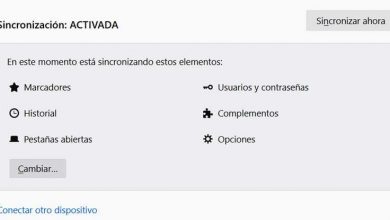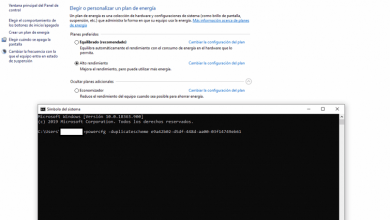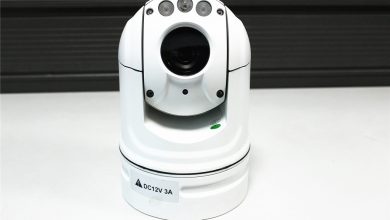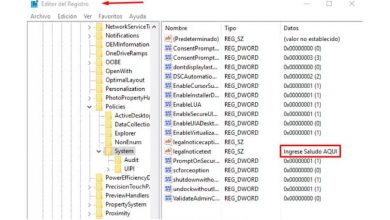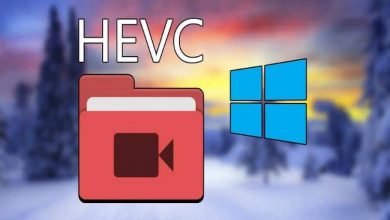Do you want to convert your mbr disk to gpt? So you can without lingo data

The partition table of a hard drive is one of the essential parts for it to function. It does not matter if the unit has a single partition, or that we use it to have several. This table is responsible for defining the free disk space and allowing operating systems, and even BIOS / UEFI, to identify and use the hard disk. The most used partition table on Windows systems is MBR. However, this is already quite old (it is more than 30 years old) and today it has serious limitations that must be eradicated. And this is done by GPT.
GPT vs MBR
Until Windows 7, Microsoft’s operating system always used MBR partition tables. However, with the arrival of Windows 8, and the rise of UEFI systems, disks with GPT tables began to gain prominence. What is the difference between them?
What are MBR partitions
To begin with, we will tell you that MBR is the acronym for Master Boot Record and has been with us since 1983. But of course, as with almost everything in technology, the years go by and MBR is becoming outdated. One of the main limitations of this style of partitions is the maximum size it can work with, which is 2 teras.
A few years ago this would be almost impossible to achieve, but this is an increasingly common figure in storage units. In addition, MBR can only work with 4 primary partitions, so to create more than 4 we must resort to extended partitions.
What are GPT partitions and what do they give us?
We also find the aforementioned GPT, an acronym for GUID Partition Table. This is a more current standard that is gradually replacing MBR and is associated with the new UEFI systems . Its name suggests that each partition is associated with a unique global identifier or GUID. This is actually such a long random identifier that every partition in the world could have its unique ID. It also has in its favor that GPT does not have any limits beyond those of the operating systems themselves.
Differences between MBR and GPT
In addition to a large number of low-level changes, the main difference between both partition tables is that, while MBR does not allow the use of more than 2 TB of space, GPT removes this limitation, being able to use drives of up to 9.4 billion terabytes .
Another improvement of this new type of partition tables compared to the old one is that it eliminates the limit of 4 partitions, so we can create as many as we want without problems. It is also important to note that only GPT can take advantage of new security measures for UEFI boards, such as Secure Boot. Finally, indicate that the partition table has several redundant copies in the firmware itself, so if it is damaged, it is much easier to recover it.
It is also worth noting that the reliability of GPT disks is much higher than that of MBR for several reasons. One of them is that while in MBR the partition table is stored only in the first sectors of the disk, it can be lost if there are problems or it becomes corrupted. However GPT creates multiple redundant copies throughout the entire disk so that if there are any problems or errors, the partition table is automatically recovered from those copies.
What partition table should I choose?
Most likely, we do not have to worry about the partition table that comes by default on our hard drive. Windows 10, and other systems like Linux, are capable of reading both MBR and GPT. And if we buy a new hard drive, it is most likely already more than 2 TB, and therefore it will bring the second. If we have an old hard drive, and we do not have problems of any kind, we do not have to worry either. Unless we want to take advantage of UEFI security measures, such as Secure Boot, in which case we will have to use GPT.
If we focus on everything related to compatibility, if we are going to create or edit partitions, the program must be compatible with the new format. Otherwise, a protection will be activated to prevent the incompatible application from confusing the GPT partition table with an MBR and the partitions from being overwritten. You should also know that Windows can only boot from GPT disks in its 64-bit versions from Vista. On the other hand, 32-bit architectures, although they cannot boot with these disks, they are capable of reading and writing on them.
Know if a disk has a GPT or MBR partition table
We can ask ourselves whether our disk drives have GPT or MBR partitions, so we are going to help you. Say that initially there are several ways to know if a disk uses one partition table or another. For this we can use the Windows disk manager, a very useful feature included in the operating system. We can also use a disk partition management application , or even the system diskpart command. For this we only have to open a CMD window with administrator permissions from the search box. In the window that appears we type diskpart and, once the tool is loaded as such, on the command line, we execute list disk. This will show us a list with all the disks connected and also its partition table.
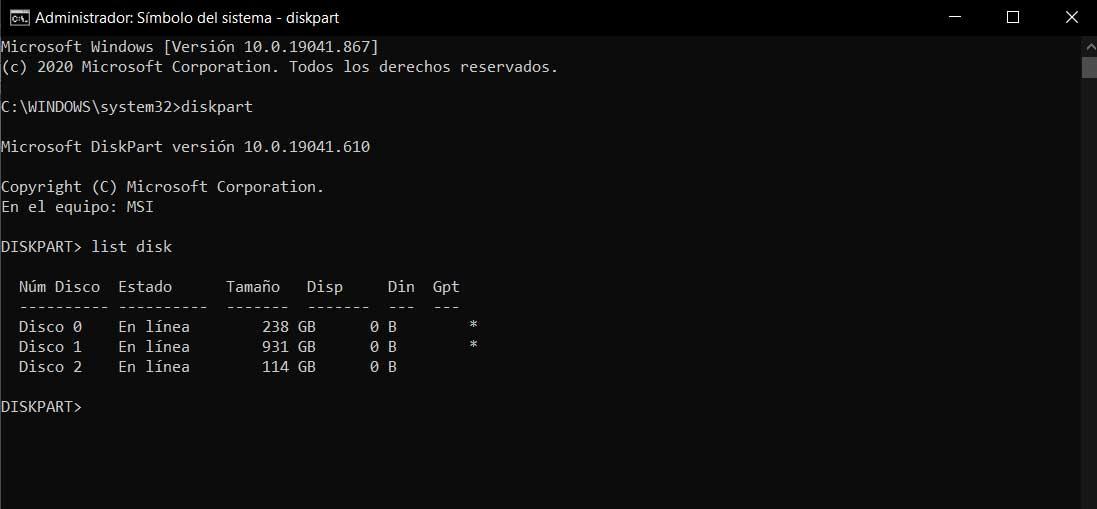
In the list that appears we can see a column called GPT, so the units that have an asterisk in it are the ones that use this new partition table.
This is something that we can also know from the Disk Administrator of the operating system. When opening this, we just have to select the unit in question and click with the right button. In the Volumes tab, you will see the type of partition of the same. We can take a similar step just by accessing the Device Manager, where we locate the disk drives. Then we also select it with the secondary button, and we go to Volumes.
Previous advice
Changing the partition table type from MBR to GPT is a hot process. That is, we can do it while we are using the computer, and we will not lose our data at any time. All hard drives, SSD and USB are compatible with this type of partition tables, and nowadays all operating systems can read them without problems.
What is recommended, as always when working with hard drives, is to make a backup copy of the data before starting. At least the most important files. It is true that if we do it carefully the probability that something will go wrong is quite small, but we can run into problems, as always. Therefore, if we back up the data, the probability that something will go wrong is much smaller.
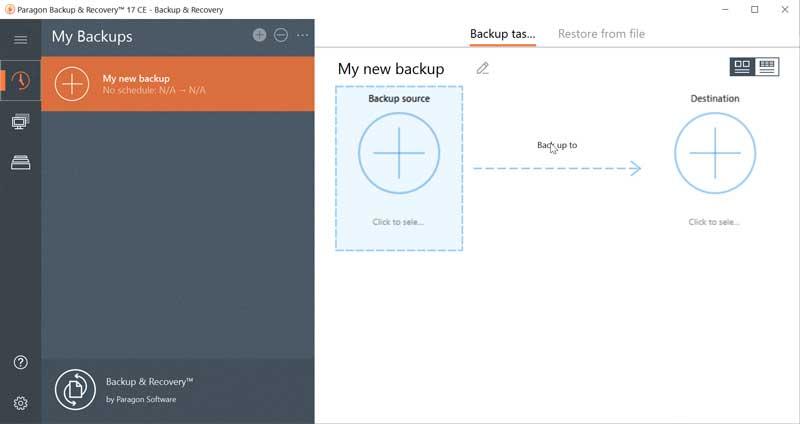
Convert MBR to GPT from Windows 10
Windows 10 has its own tool that will allow us to convert the partition tables of our computer without using special programs. This tool, called MBR2GPT, has been part of the operating system for several versions, and all users can use it without problems. All we need is to be able to open a CMD window.
MBR2GPT
To do this, the first thing we must execute is the following command, which will be in charge of validating that everything is correct and that the conversion can be carried out safely. This command does not make changes:
mbr2gpt /validate /disk:[número] /allowFullOS
Once this command is executed, if everything is correct, we can carry out the conversion by executing the following in the same CMD window:
mbr2gpt /convert /disk:[número] /allowFullOS
The conversion process will take a few seconds. When it is finished, everything will already be migrated to the new GPT and, therefore, we can begin to take advantage of the advantages of this new partition table.
Find out the disk number
The previous command will ask us for the number of the disk that we want to convert. And we must make sure to choose it well, if we do not want to endanger other units. To easily identify it, what we must do is run the following command:
diskpart
Once executed, the next step will be to list the drives, within diskpart, to identify the one that interests us:
list disk
We will write down the number of the disk that we are going to convert (we remember that they start counting from zero) and that’s it. We can now run the above commands to perform the conversion.
Use programs to switch from MBR to GPT easily
If we are afraid to control Windows from CMD, and we do not want to configure our hard drives using the Windows console, then we can resort to the use of specialized programs, partition managers, which will allow us to carry out these same tasks, but much more intuitively.
EaseUS Partition Master
Partition Master is the EaseUS partition manager that allows us to manage and control everything related to our hard drives. Among many other functions, this software will allow us to convert any MBR hard drive into GPT easily, safely and in seconds.
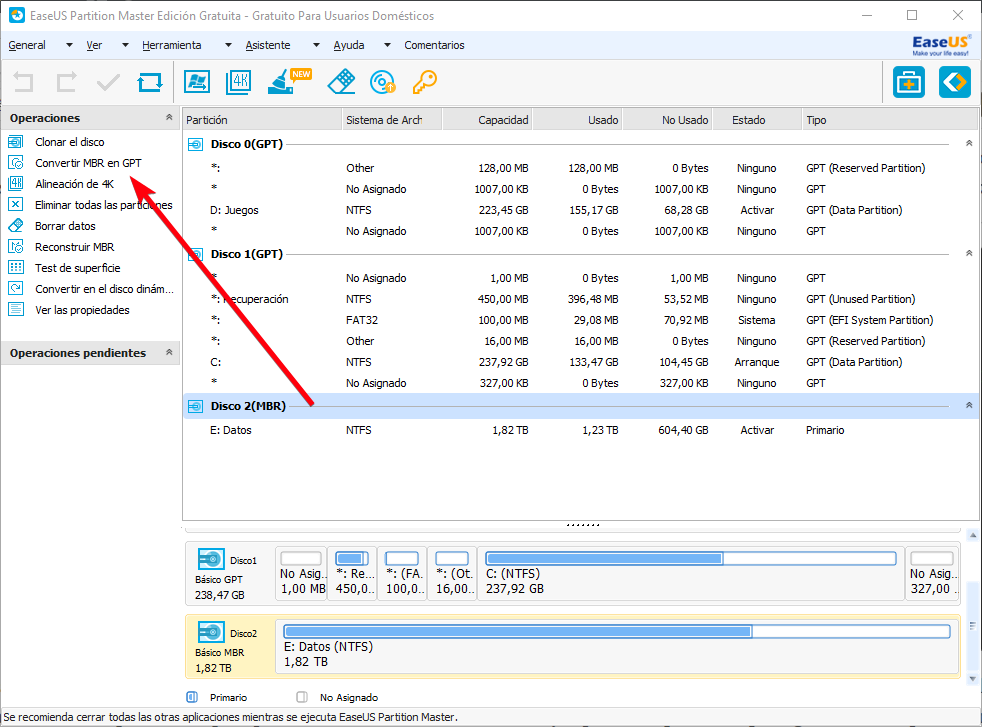
We can download this partition manager from this link.
MiniTool Partition Wizard
Another excellent free partition manager that we can use to accomplish this task is MiniTool Partition Wizard. Like the previous one, this program will allow us to convert the partition table of any hard drive from MBR to GPT without having to format or lose the data that we have saved on the PC. It will also allow us to convert any GPT hard drive to MBR, although for this we will have to format due to the limitations of the Master Boot Record.
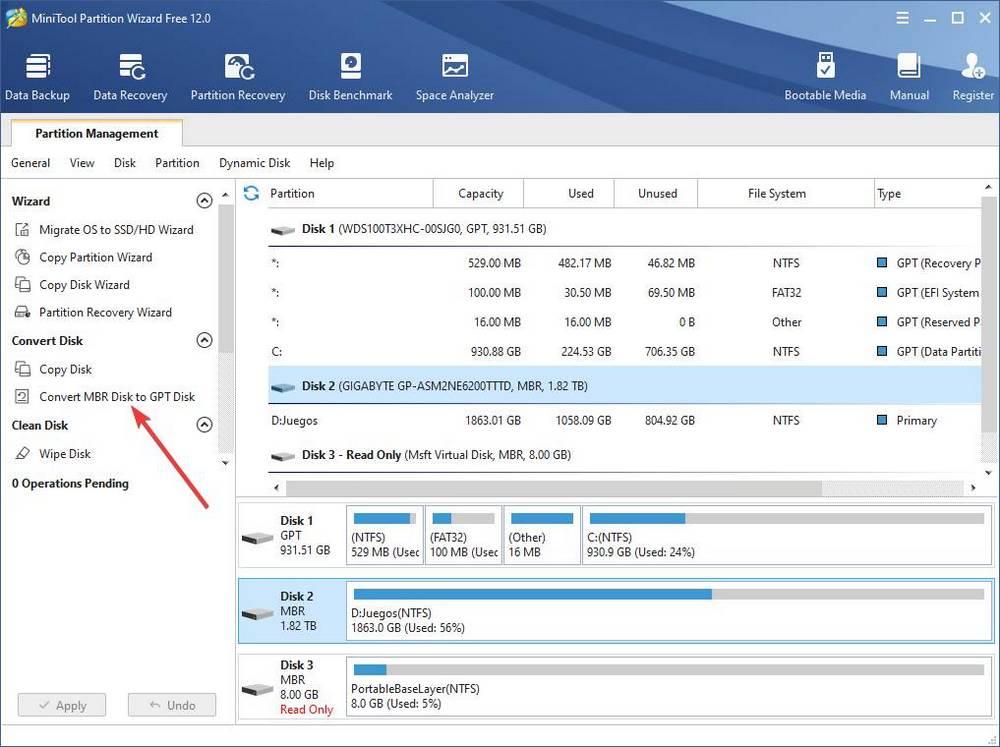
We can download the MiniTool partition manager for free from here.

